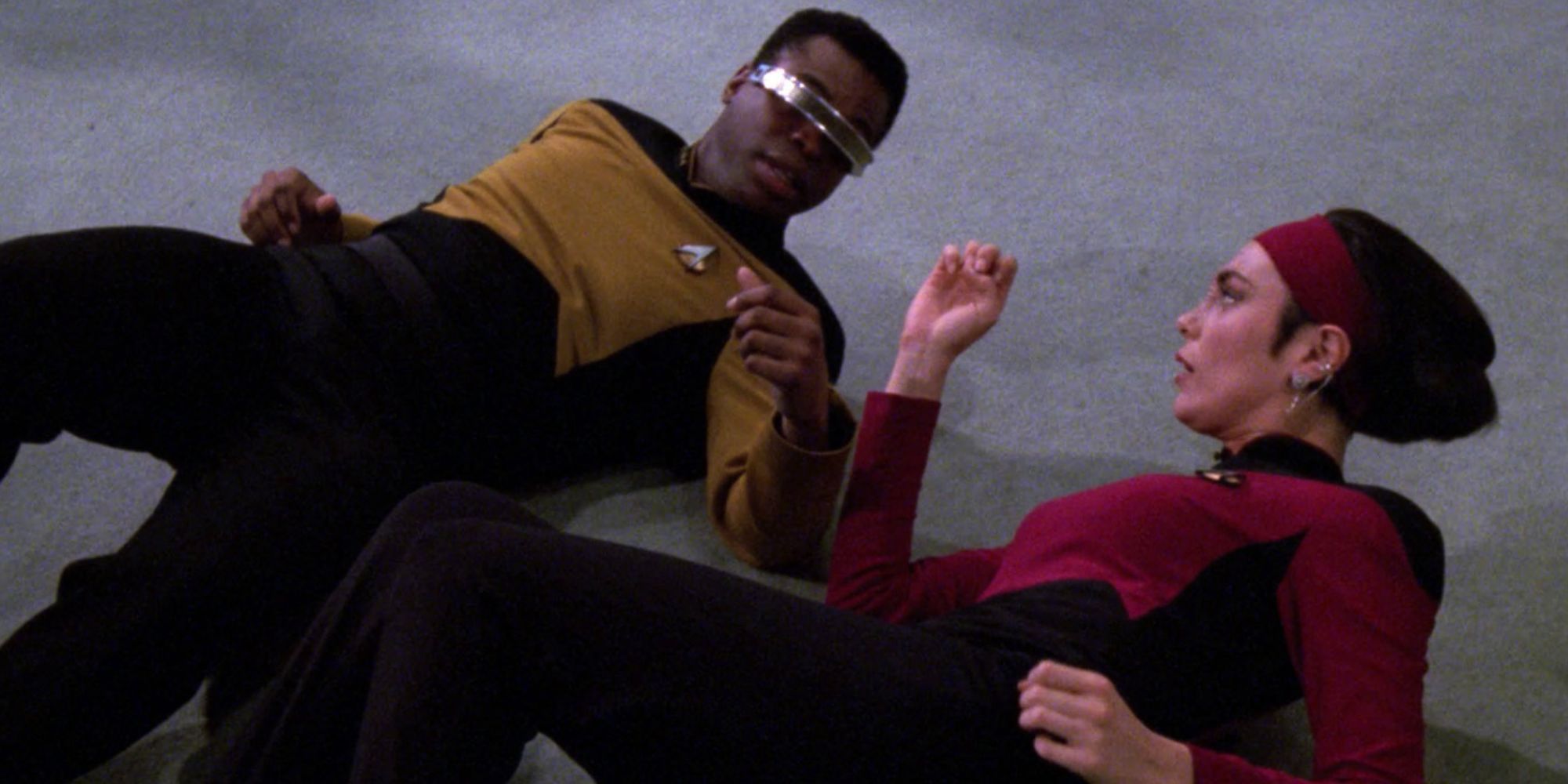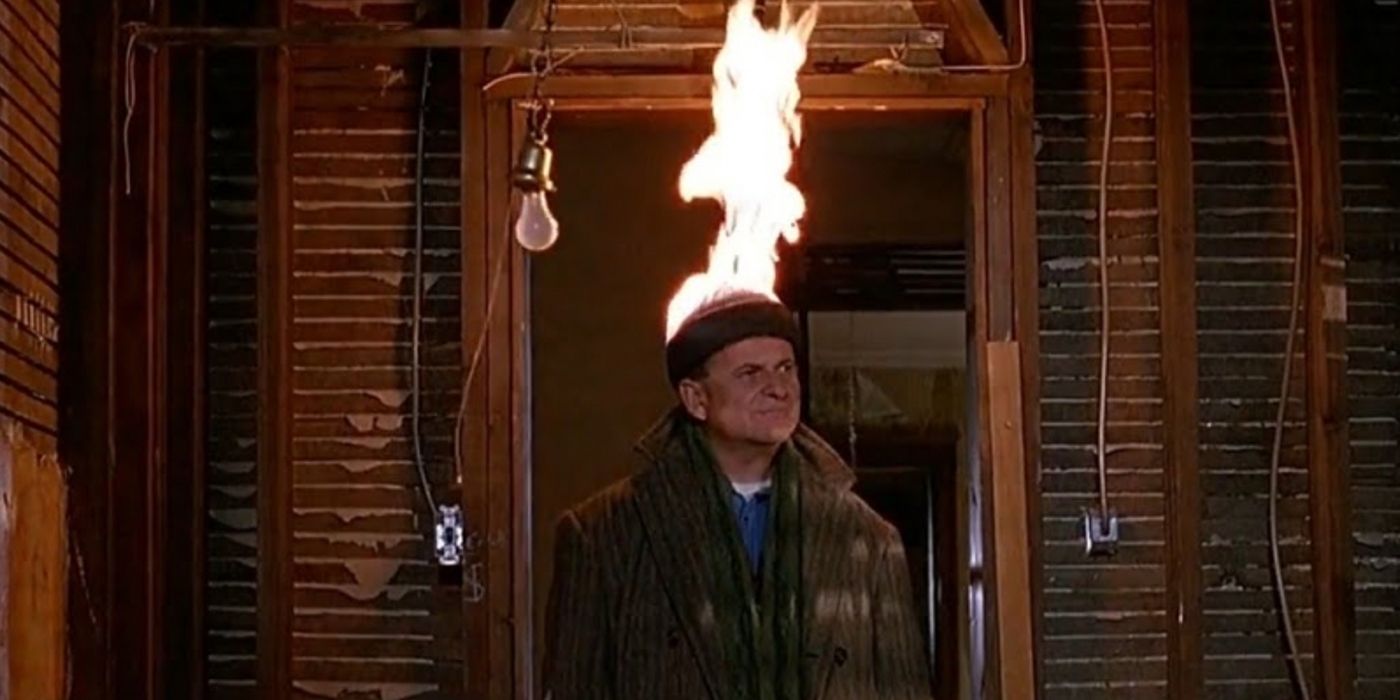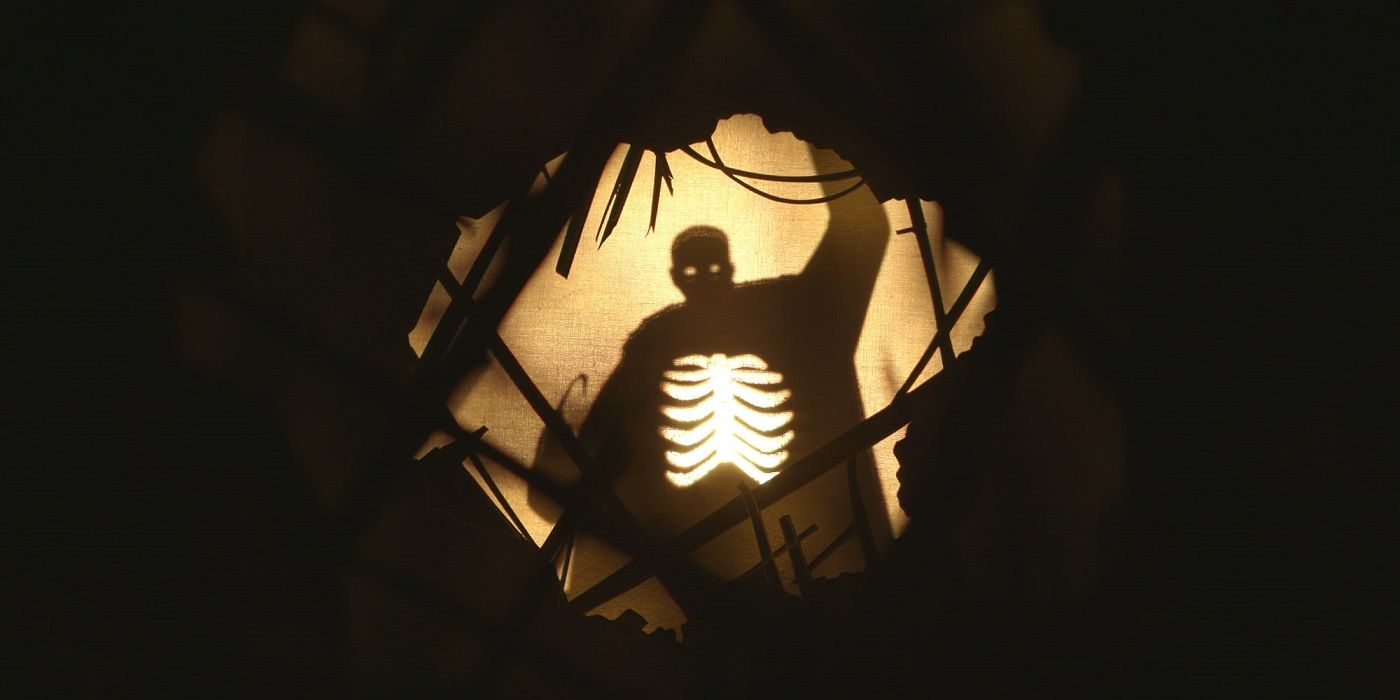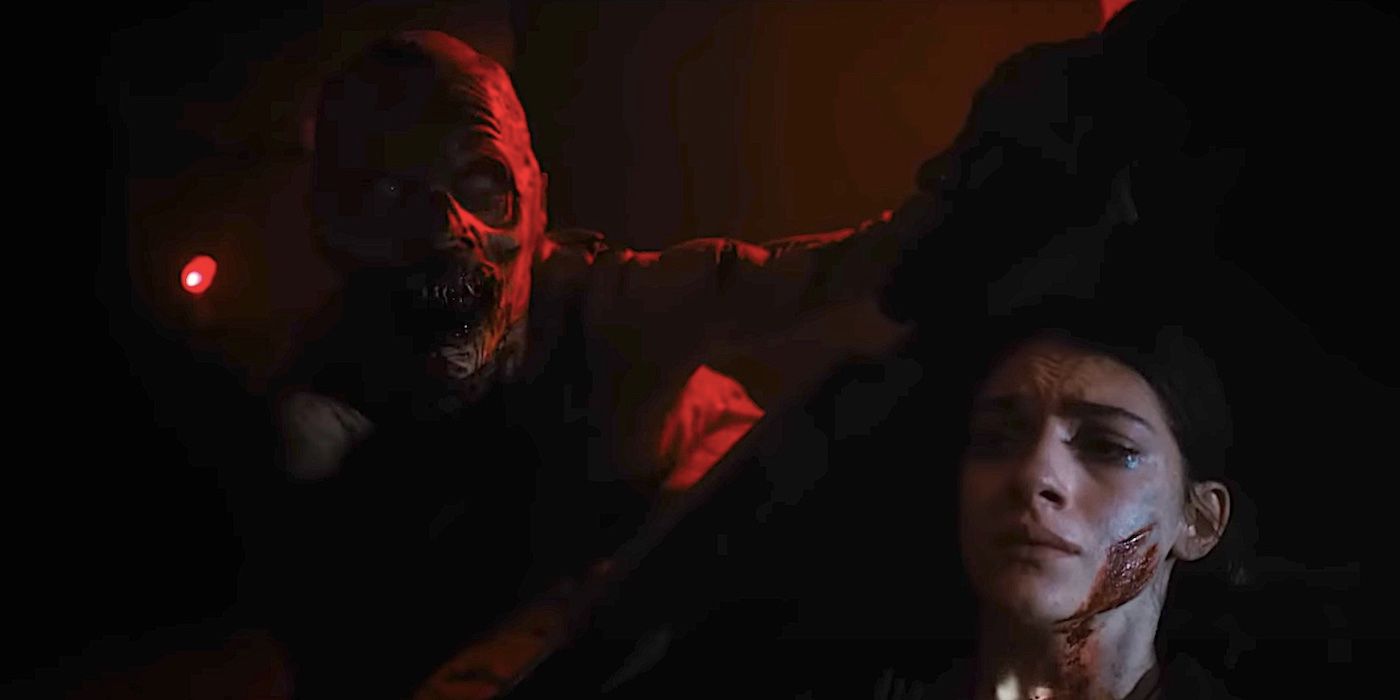Warning: Spoilers ahead for Star Trek: Section 31.Star Trek: Section 31 introduces a cool new piece of sci-fi tech to the franchise, but it also highlights a recurring problem with certain storylines from the saga’s rich history. Led by Michelle Yeoh as Emperor Philippa Georgiou, the Star Trek: Section 31 cast leads viewers through a classified heist mission. So, the characters have access to gadgets that make their franchise debut during the movie’s runtime. For example, Star Trek: Section 31 introduces a superweapon called the Godsend, and said device opens the door for an almost-nonsensical piece of equipment.
Star Trek: Section 31‘s ending teases a second movie, so there is a possibility that pretty much everything and everyone can return. That being said, the chances of a Star Trek: Section 31 sequel are perhaps low due to the movie’s poor reception. If a follow-up does materialize, it would likely continue to bring more to the canon in terms of sci-fi tech and weaponry. Annoyingly, one device in particular will probably never be fully explained.
Star Trek: Section 31’s Phase Pod Never Explains Why It Can’t Fall Through The Floor
The Godsend is somehow prevented from floating through space
When attempting to take the Godsend from Dada Noe (Joe Pingue), Georgiou catches him by surprise by attaching a phase pod to the weapon’s exterior casing. The pod puts the case out of phase with “everything in the universe” because it “vibrates on a certain wavelength.” As a result, it manipulates the Godsend’s structure, and it slips from Dada Noe’s grasp. Strangely, the attached phase pod somehow allows the case to rest comfortably on the ground. The floor doesn’t have a phase pod attached, so the case should slip straight through and out into space.
Only a flimsy explanation is ever provided for how the phase pod works.
Only a flimsy explanation is ever provided for how the phase pod works. The only other piece of lore that’s included is that an individual can wear another phase pod set to the same wavelength and interact with other out-of-phase objects. Georgiou’s character takes advantage of this by doing so. While it allows her to lift the Godsend and avoid Dada Noe’s attacks, Georgiou also somehow stays standing on the ground beneath her feet. Really, she should fall through the ground as well. For whatever reason, floors seem to be immune to the pod’s effect – but walls aren’t.
Star Trek Has A Long History Of Similar Problems Raised By Section 31’s Phase Pod
Several Star Trek stories cut the same corner with out-of-phase lore
Michelle Yeoh’s Star Trek movie is not the first effort from the franchise to face this problem. Objects and people slipping in and out of phase is one of Star Trek‘s biggest tropes. It’s a concept that’s vague enough to be flexible within a story’s concept while also just on the verge of being scientifically believable. Unfortunately, the long-running space opera has never managed to solve the narrative blind spot of whatever’s out of phase being able to stand on a solid surface they shouldn’t even be able to touch.
One of the best franchise scenarios that illustrates this is in Star Trek: The Next Generation season 5, episode 24, “The Next Phase.” Ensign Ro Laren (Michelle Forbes) and Lt. Commander Georgie La Forge (LeVar Burton) are involved in a transporter accident that results in them being out of phase with everything around them. Regardless, they are still able to fully traverse the ship without falling through the floor – just like Georgiou in Star Trek: Section 31.






